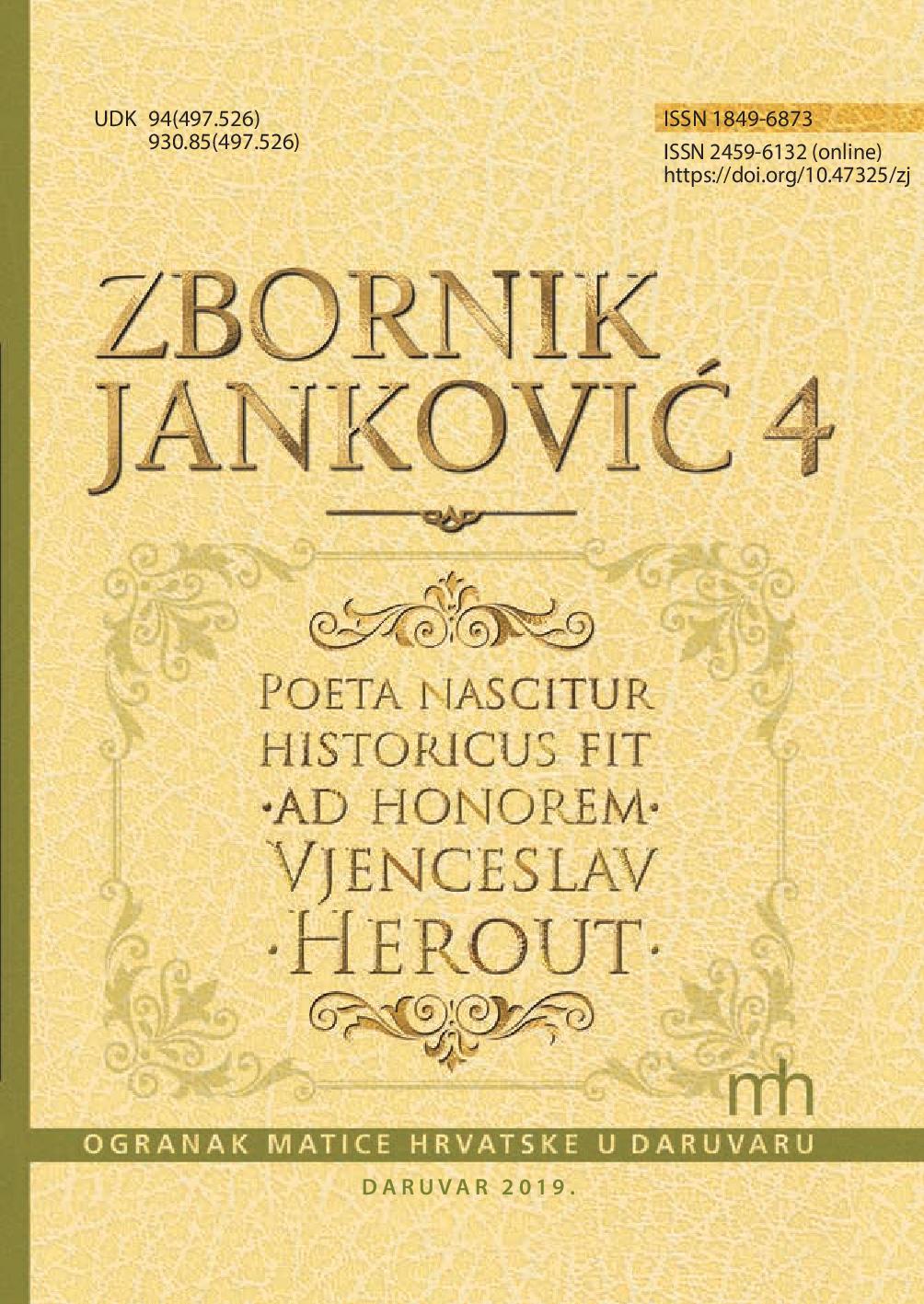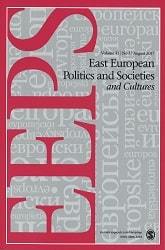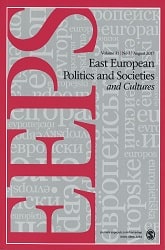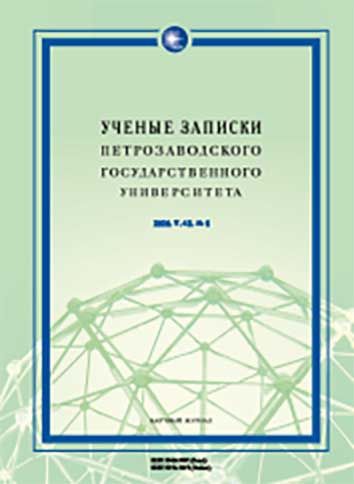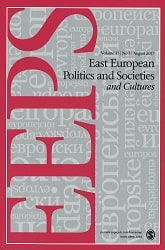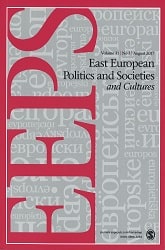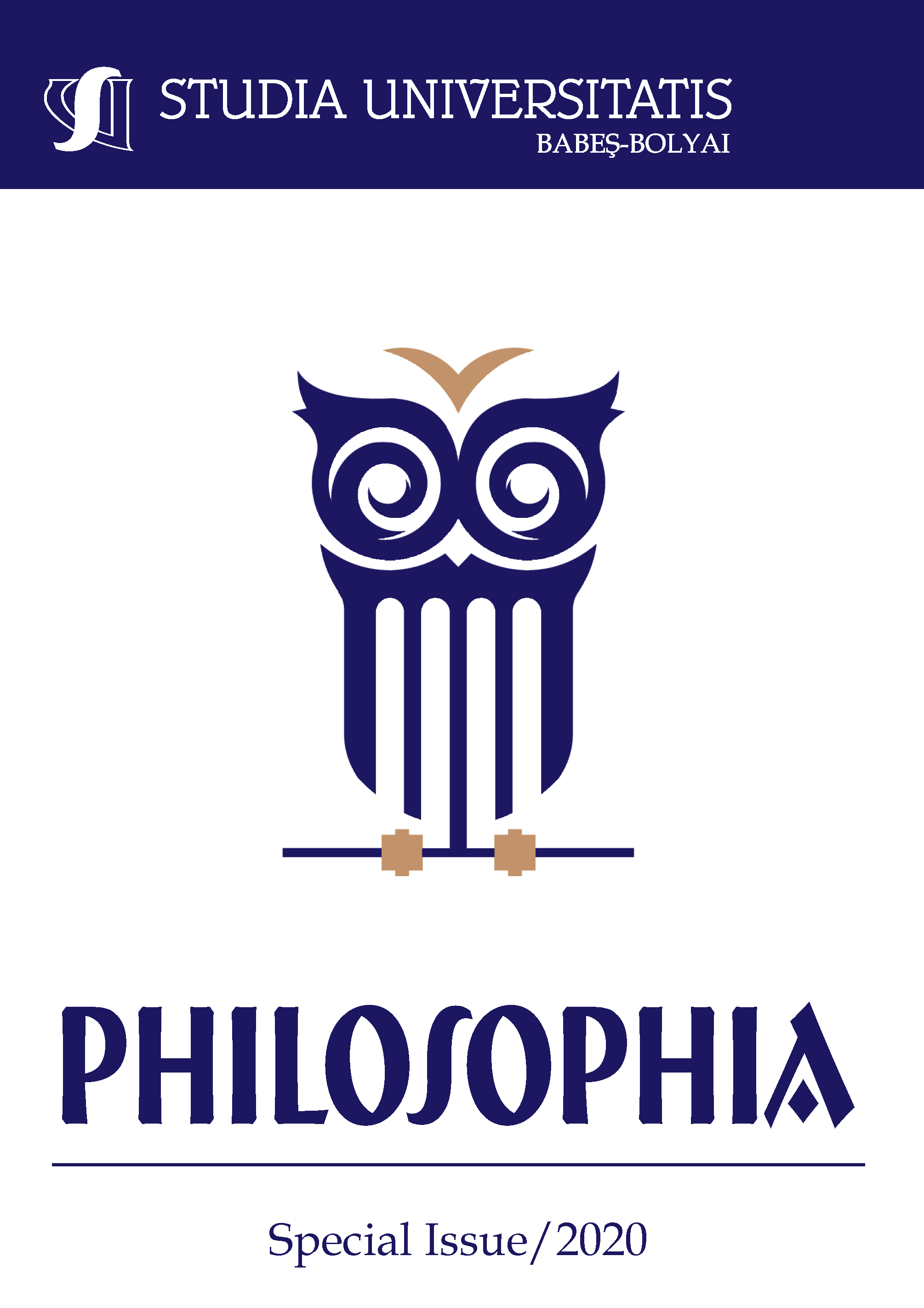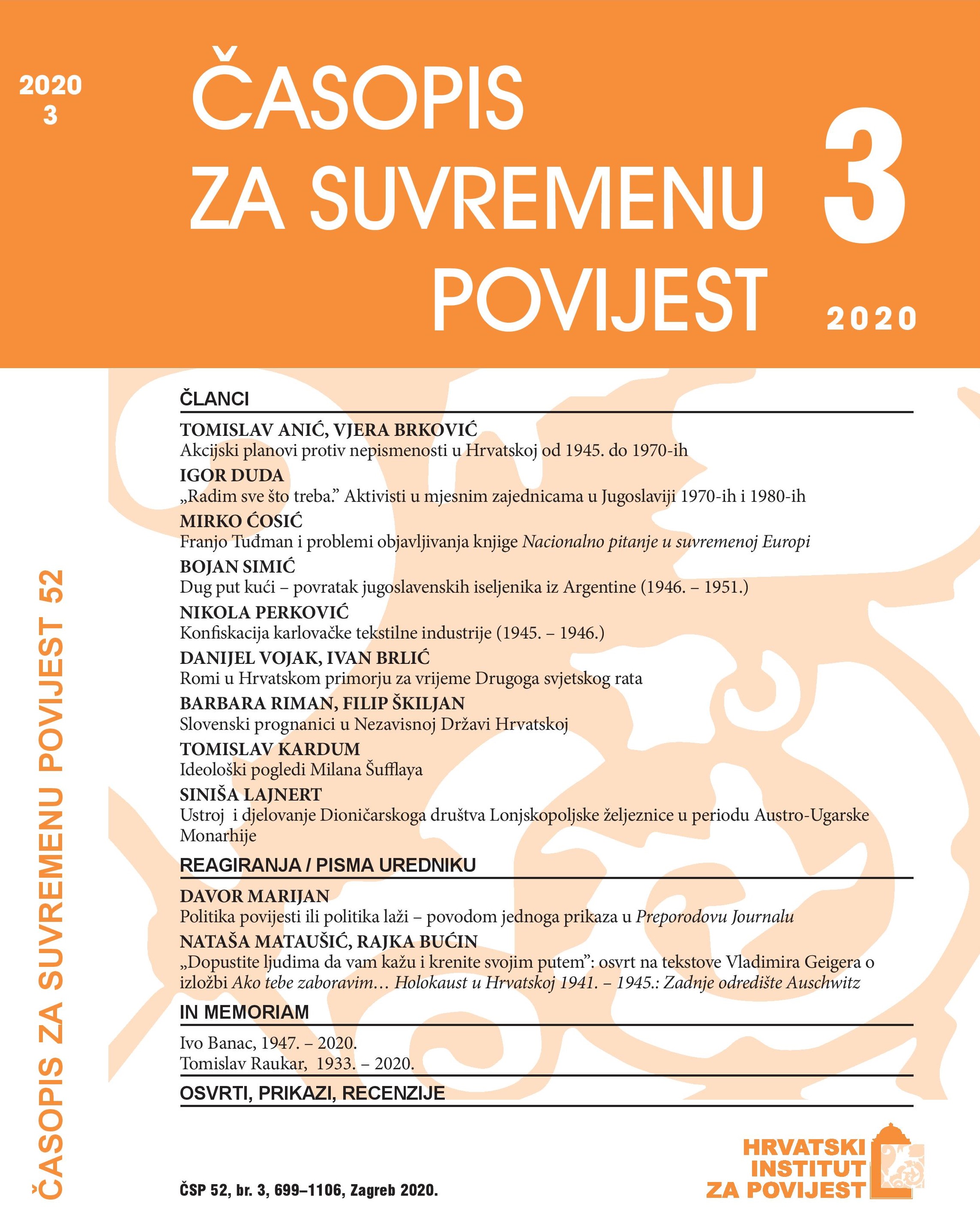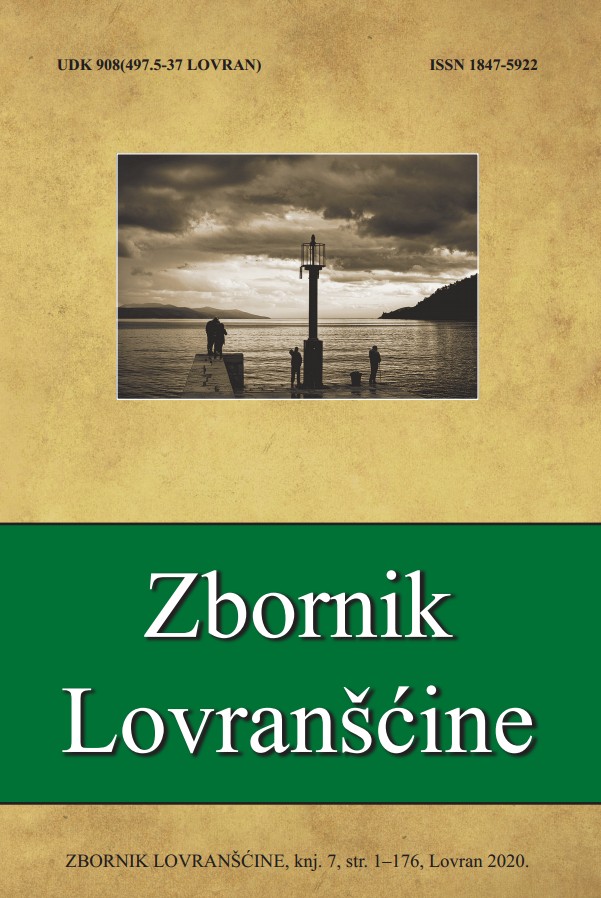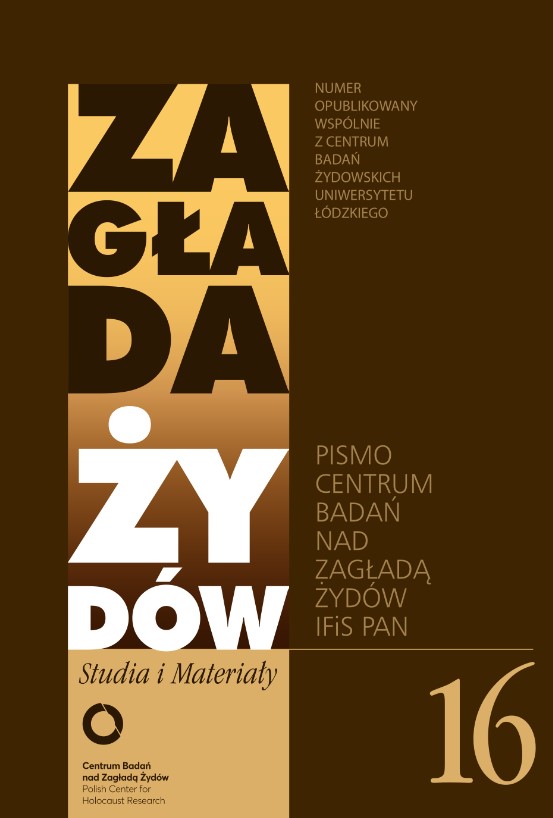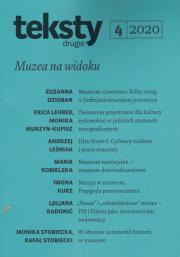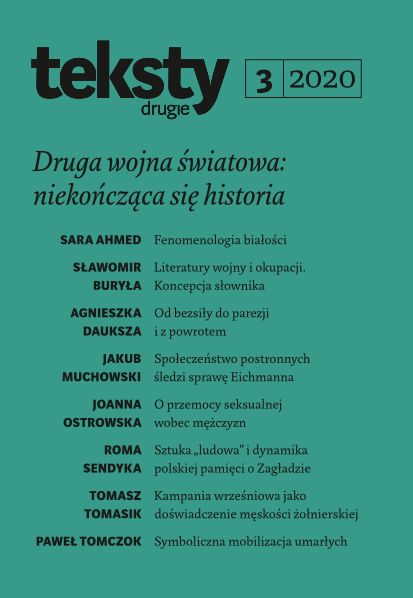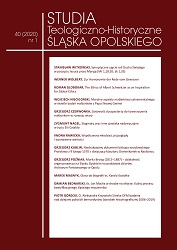
Ks. Jan Macha w drodze na ołtarze. Kulisy procesu beatyfikacyjnego śląskiego męczennika
Rev. Jan Macha, a priest of the Diocese of Katowice, during the Second World War established a charity organization, whose activity was questioned by the Germans. Fr. Macha was arrested, imprisoned, sentenced to death and guillotined on December 3, 1942. In 2012, the Archbishop Wiktor Skworc made efforts to initiate the beatification process of the Silesian martyr. Focusing on following the procedures established by the Congregation for the Causes of Saints in a consistent and faithful way, the author does not avoid mentioning the difficult moments of the process.
More...
